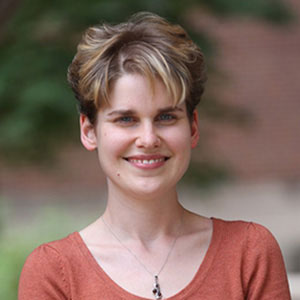Developing Mathematical Models to Evaluate HIV Treatment Strategies in Mexico

Assistant Professor Eva Enns of the division of Health Policy and Management is conducting a project in Mexico to develop mathematical models to evaluate the cost-effectiveness of first and second line treatment plans for HIV patients. She has been developing a mathematical model that takes into account the resistance to treatment that newly infected individuals often already have, and how this affects the planning around government treatment costs.
The grant for Mexico was written with a former student, Fernando Alarid-Escudero, who graduated with his Ph.D. in Health Services Research, Policy & Administration (HSRPA) in August 2017. This has led to ongoing collaboration with researchers at the Mexican National Institutes of Health.
Because HIV is a virus that mutates rapidly, it can mutate to become resistant to the first line of treatment. Individuals can then transmit this mutated virus to others. When individuals test positive for HIV in government health facilities, they are often given the first line of treatment. However, for those with transmitted resistance are in need of the second line of treatment, it is impossible to know without first testing for this resistance or waiting to see if the first line of drugs proves to be ineffective.
This cost-effectiveness analysis evaluates two policy options: The first option is to test all HIV-positive individuals for transmitted resistance and then tailor their treatment plan. This could hypothetically save time and money on providing first-line therapy to those who are already resistant. The second option is to provide all patients with the same first-line treatment and then tailor the treatment to those who do not respond to it. In essence, will it be more cost-efficient to focus on the first option which on running more tests, or on providing everyone with first-line therapy?
She cites that working with local collaborators and partners in the field and remotely is essential for both informing her modeling, and helping to navigate cultural and institutional norms.
“Modeling is a synthetic world in the computer, so even having some experience on the ground is beneficial. You can witness the reality that you’re talking about, and incorporate enough realism that you can account for the important factors in trade-offs, but not too much that you cannot run the model.”
In an ideal world, everyone would receive individualized treatment. However, in low resource settings, this kind of cost-effectiveness analysis allows programs to make decisions that can help to maximize the amount of care received given for a set amount of the time, funding, personnel, and supplies available.
